Key Points
- Monarchs: Multi-generational, 3,000-mile flight to Mexican forests.
- Gray Whales: Longest mammal migration (14,000 mi) to birth in warm lagoons.
- Arctic Tern: Global champion, covering 25,000 miles to chase continuous summer.
Animals that migrate: Every year, as the days shorten and the temperature drops, billions of animals that migrate embark on one of nature's greatest spectacles: the winter migration. This massive movement is a critical survival strategy, driven primarily by the search for food and optimal breeding conditions that disappear with the snow and ice.
According to a landmark UN report on the state of the world's migratory animals, the pressures of human activity are jeopardizing the future of these animals that migrate long distances. For instance, certain bird populations, like the Hudsonian Godwit, have shown an unexpected and rapid delay in their migratory timing, which researchers link to climate change.
Understanding why animals migrate is more important than ever, and these powerful examples show the incredible resilience of migrating animals as they follow ancient routes to warmer winter homes.
List of Famous Animals that Migrate in Winter
The trips these animals take are some of the longest and hardest in nature. To get to their winter homes, each species travels a long way using a combination of instinct, the sun, stars, and even the Earth's magnetic field.
| Rank | Migratory Animal Name | Migration Details | Winter Destination |
| 1 | Monarch Butterfly | Up to 3,000 miles (4,800 km) | Oyamel fir forests of Central Mexico |
| 2 | Gray Whale | Up to 14,000 miles (22,500 km) round trip | Lagoons of Baja California and the Gulf of California |
| 3 | Arctic Tern | Up to 25,000 miles (40,000 km) round trip | Antarctic waters (chasing summer) |
| 4 | Caribou (Reindeer) | The longest land migration, up to 1,000 miles (1,600 km) | Southern, forested, or sheltered areas of the tundra |
| 5 | Humpback Whale | 3,000–5,000 miles (4,800–8,000 km) one-way | Tropical and sub-tropical breeding waters |
Check Out: List of Top 7 Animals that Hibernate the Longest (Bear is not #1)
1. Monarch Butterfly
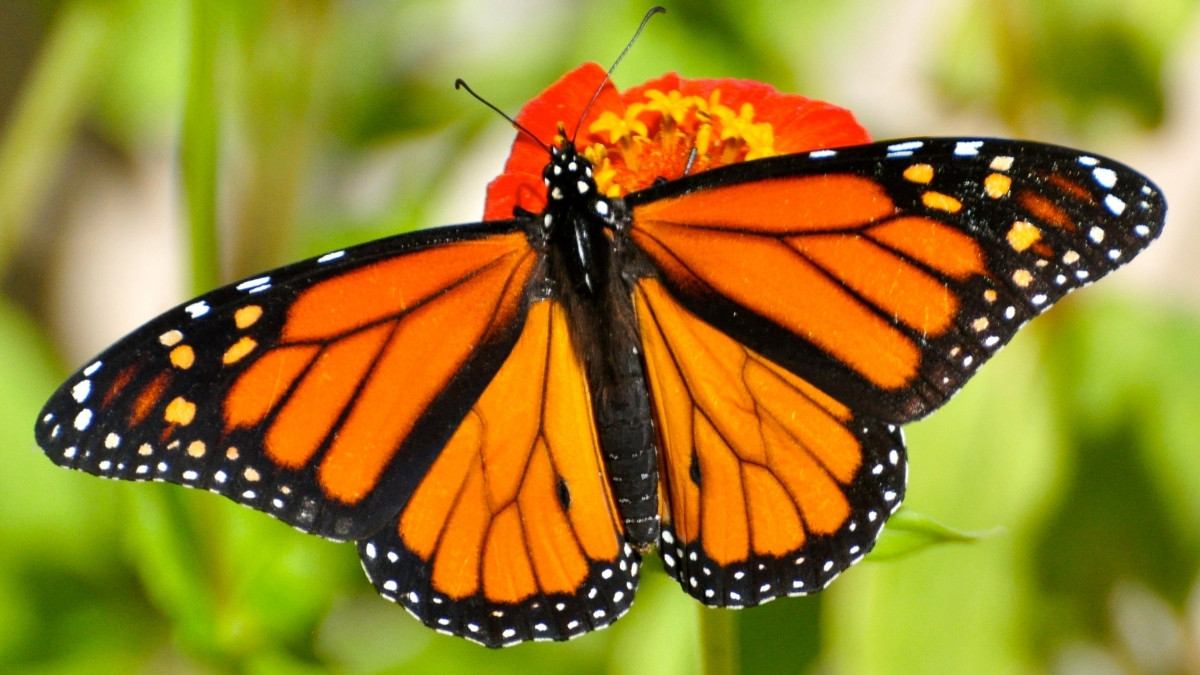
The migration of the Monarch butterfly is perhaps the most incredible of all insect migrations. These delicate fliers can fly as far as 3,000 miles from Canada and the northern US to central Mexico. What's truly amazing is that a single butterfly doesn't complete the entire round trip. Instead, it takes four generations to make the journey north in spring, but a single "super generation" of monarchs completes the entire southward flight to their wintering grounds in the oyamel fir forests of Mexico. They overwinter in massive clusters, waiting for the spring warmth before starting the relay race home.
2. Gray Whale
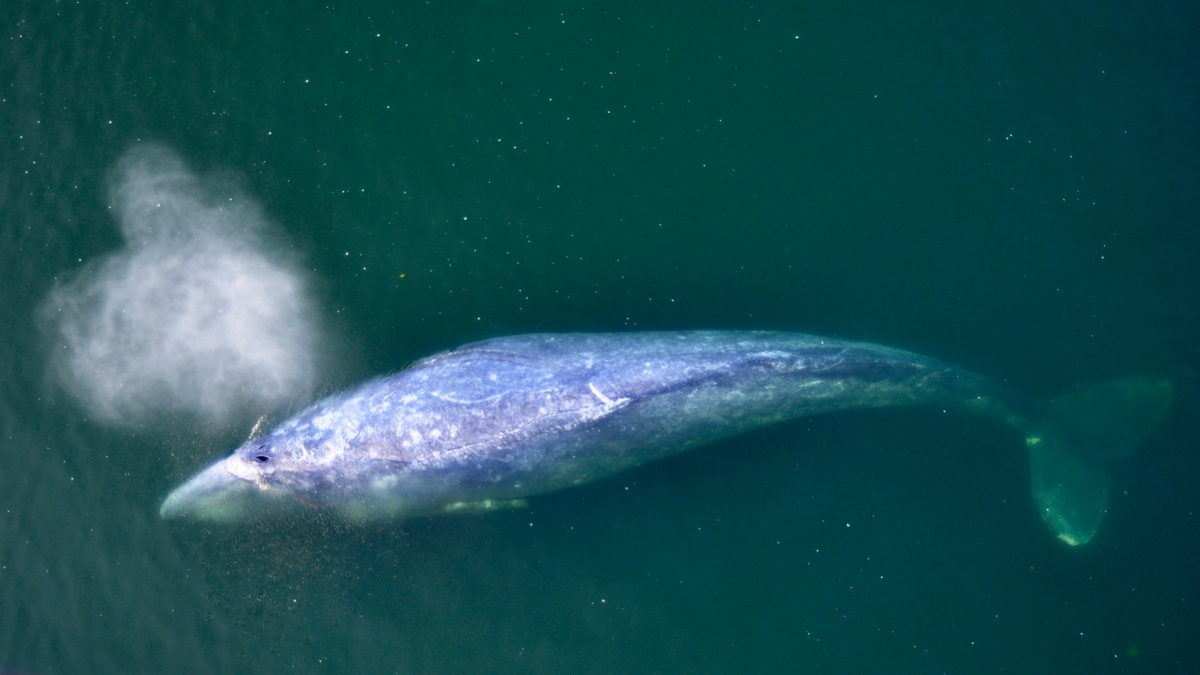
The Gray whale makes the longest migration of any mammal, going on a 14,000-mile round trip every year. These gentle giants start their southbound journey in October, leaving the food-rich, frigid waters of the Bering and Chukchi Seas. Their goal is the warm, sheltered lagoons of Baja California and the Gulf of California. They go on this long trip to give birth and nurse their calves in safety during the winter, when the Arctic is full of hungry predators and bad weather.
3. Arctic Tern
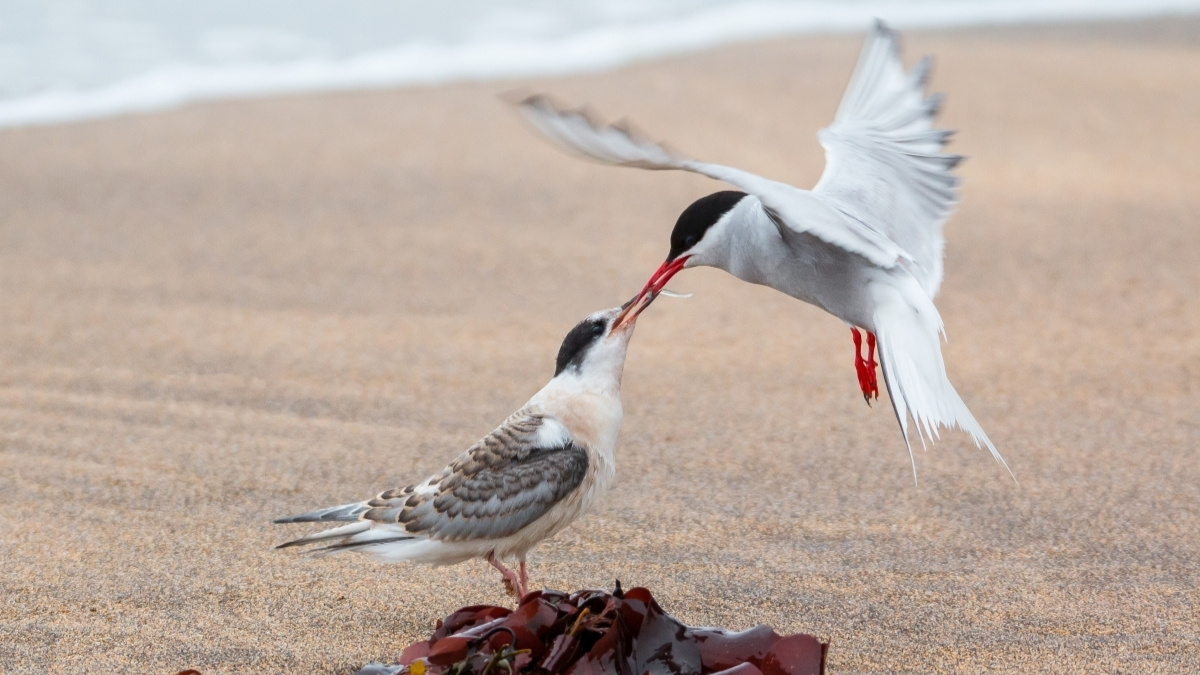
The Arctic Tern is indisputably the champion of animals that migrate long distances, boasting a round trip that can cover up to 25,000 miles a year. The Arctic Tern basically chases summer all year long. It migrates from its breeding grounds in the Arctic to the Antarctic continent for the winter. This amazing feat lets the bird get more sunlight than any other animal on Earth, which gives it more time to eat. Their journey shows how far animals will go to stay alive when they migrate.
4. Caribou
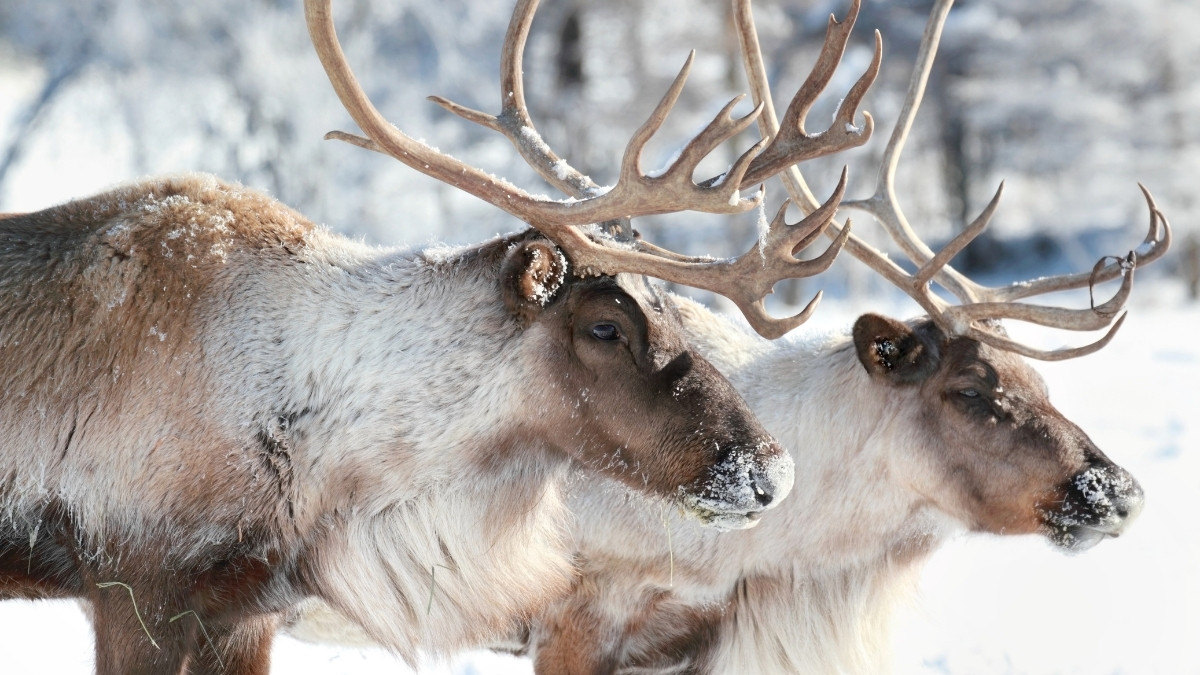
The caribou, also called reindeer, has the longest land migration of any animal. Some herds travel more than a thousand miles every year. As winter draws near, large groups of caribou migrate from the open tundra to the more protected forests and taiga areas to the south. These animals move around only to stay alive. They do this to find enough food (like lichen buried under shallower snow) and to stay safe from bad weather and predators during the worst months.
5. Humpback Whale
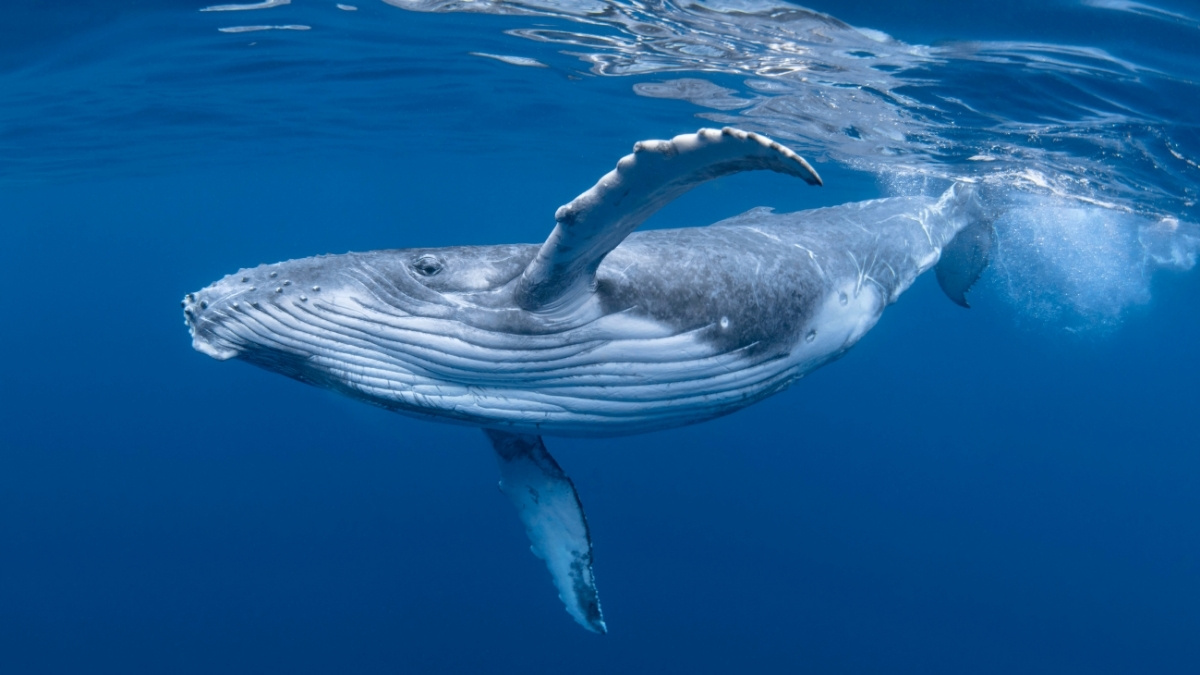
Humpback whales make a long and beautiful journey from their cold northern feeding grounds near the poles to the warm waters near the equator. They eat a lot in the summer to build up thick layers of blubber, which they need because they don't eat much during their winter migration.
Check Out: List of 5 Most Beautiful Migratory Birds that Come to India in Winter
The long trips that these animals take to migrate are strong reminders of how all of the ecosystems on Earth are connected. The U.S. Fish and Wildlife Service says that the loss of important wetlands and habitats is getting worse, which is putting a lot of stress on migration routes. Keeping the winter migration routes and destinations of these five most famous animals safe is very important. This will help make sure that these great events last for a long time.
Comments
All Comments (0)
Join the conversation